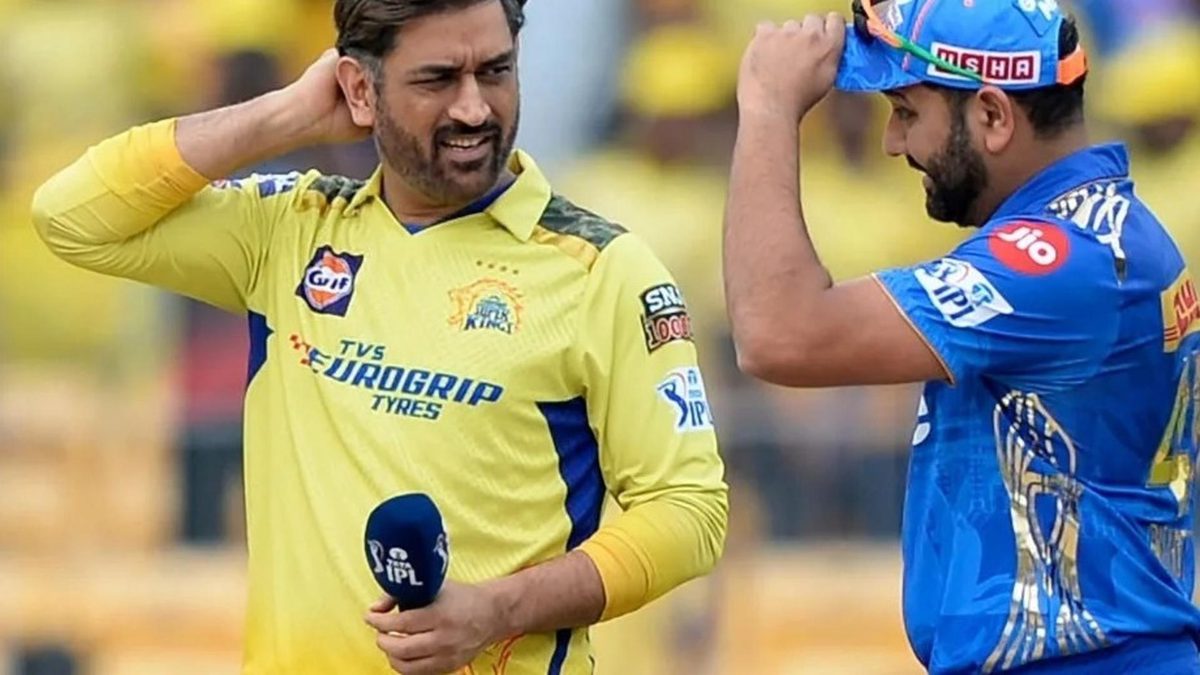
The marketing strategy of the IPL has historically revolved around its ‘Big Three’ legends. Yet, a critical question arises: how sustainable is this approach for the league’s future?
Reaching the age of 18 marks a significant turning point for many teens, who begin making pivotal career decisions. This season, as the IPL turns 18, it stands at a similar junction, facing choices that could shape its trajectory ahead.
Throughout its history, the IPL has undergone significant changes with tactical enhancements, deeper data analytics, and evolving team affiliations. However, despite these developments, the league continues to place greater emphasis on its seasoned players rather than on the game itself.
Many fans of Chennai Super Kings would rather see their star player hit a few sixes in a losing match than have him not bat at all in a winning game—something that occurred in their recent match against the Delhi Capitals. Similarly, fans of the Mumbai Indians criticized their captain for replacing their beloved Rohit Sharma. Meanwhile, despite not having won a title yet, Royal Challengers Bangalore remains one of the most valued franchises, underlining the drawing power of these players.
In promotional materials and match posters, broadcasters consistently highlight Rohit, Kohli, and Dhoni, often neglecting the actual team leaders that many IPL fans may not even recognize. Teams frequently choose to field aging veterans, even if their performance could hinder the team’s chances, due primarily to the brand strength they offer.
The Future of the IPL: A Key Dilemma
As Rohit, Kohli, and Dhoni age—currently 37, 36, and 43 respectively—and have all retired from international cricket, the IPL faces a pressing issue: how long can it continue to capitalize on the allure of these players? Instead of nurturing a transition to the next generation of stars, the focus seems fixated on squeezing every bit of popularity from the Big Three.
According to Sanjog Gupta, CEO of Sports at Jio Star, the IPL has learned from ICC events where matches involving India attract significant viewership. Hence, the league tends to treat its higher-profile matchups, such as MI-CSK, with more promotional energy than lower-profile games, like PBKS-CSK. These veteran players still possess significant fan appeal and nostalgia, keeping their audiences engaged, even as their physical capabilities wane.
Nonetheless, the inevitability of Rohit, Kohli, and Dhoni retiring looms closer. This brings forth questions regarding the league’s appeal without its star players. Will audiences remain captivated? Will sponsors and broadcasters continue to support the IPL when the iconic personalities are gone?
The dip in viewership during 2022, which saw an 18% decline due to team changes and the introduction of new franchises, foreshadows potential challenges. The loss of the Big Three could prove even more detrimental than previous transitions.
Emerging Talents: The Path Forward
Just as the NBA successfully shifted focus from Michael Jordan to rising talents like Kobe Bryant and LeBron James, the IPL too must invest in its younger stars, such as Shubman Gill and Rishabh Pant. Although they lack the extensive fan following of the veterans, promoting their narratives and rivalries can help cultivate a new generation of icons.
IPL franchises should create stronger team identities and prioritize developing local connections to support the younger talent. Retaining these emerging players through contracts and incentives during auctions is crucial to maintaining overall continuity and enthusiasm among the fans.
The league’s place within the international cricket schedule necessitates a serious evaluation towards preparing for a post-Big Three era. Without taking proactive steps, the IPL risks stagnation, leaving it vulnerable to competing leagues with fresh narratives.


